by Neville Carrington
Glebelands Centre is the last industrial site along Vincent Lane, just before the one-way road reaches Westcott Road. The evolution of this site is linked to the growth of Interpet Limited. Interpet is now owned by an American company. They have kept its head office in the same building at the front of the site alongside the main road. However Glebelands Centre Business Park is still owned by a local company.
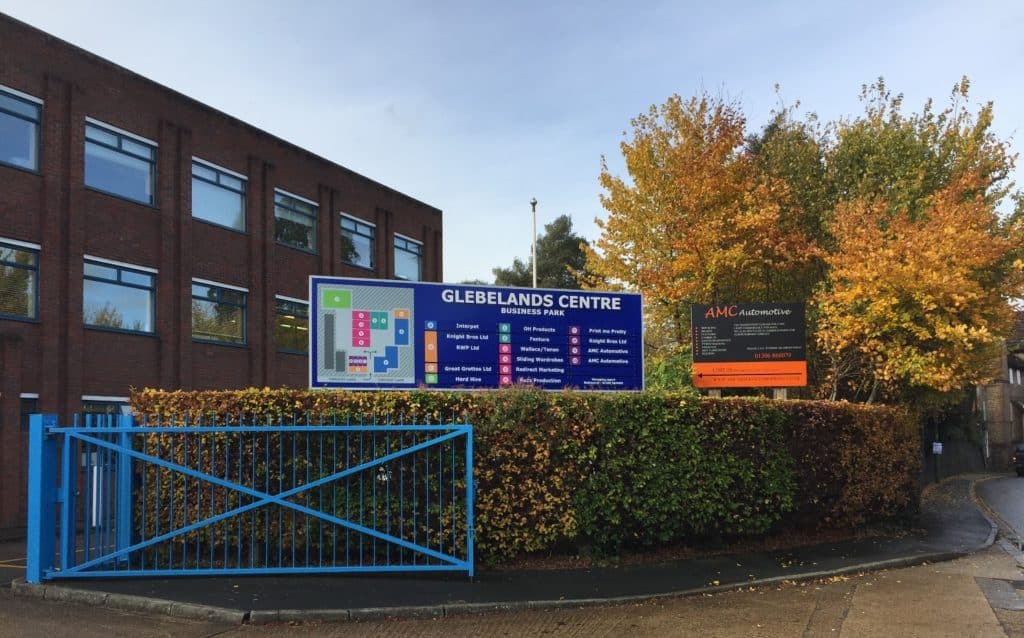
Photograph courtesy of Robinsons
Interpet started really quite accidentally. My father, Oswald L Carrington owned a pharmacy in Dorking High Street. He had been interested in ornamental fish since the 1930s and about 1943 he became interested also in tropical fish. After the War, aquarist clubs became popular for people interested in ornamental fish and Father became a popular speaker.
In 1951, Father gave a talk to an aquarist club in Horley and someone asked him if it would be possible to make a liquid food for baby fish. I was in my second year at pharmacy college at the time and I made a formulation during my summer vacation; and I thought up the name Liquifry. We had a sales agreement with the person who had the original idea, but after a few months we realised that we were not being paid. We had people asking for the product and we had stock so we had to start marketing it ourselves. We had no concept then that it might turn into a proper business – I’m not sure if we ever thought about it.
We started making the product in 1952 at our house Bradley Mead in what is now Chichester Close. Batches were made in a gas boiler, the sort used then for washing clothes, and we packed the product at home. As the sales grew, we employed two ladies to pack the product in a room above Father’s pharmacy at 5 High Street Dorking.

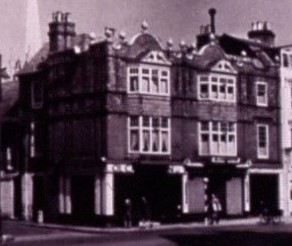
Photograph courtesy of Neville Carrington
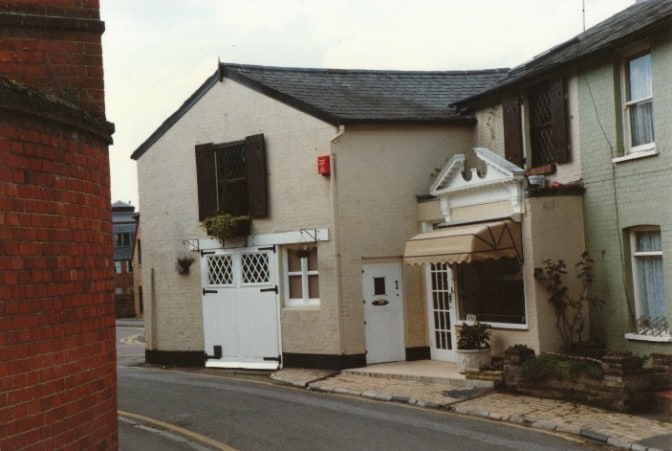
The lease on the shop ran out in 1954 and Father decided not to renew it. We rented the garage warehouse building at 18A Church Street and moved stocks and production to there. I personally nailed sheets of lining material onto the rafters to make the upper floor more habitable. I doubt if we asked planning permission to do manufacturing there, even on a small scale and now I think Health and Safety would be horrified!
18 A Church Street – 18 Church street has the shop front.
Photograph courtesy of Neville Carrington
At this stage, we had enquiries from overseas for this unique product and we had the interest of an export agent who introduced us to some American products used by fishkeepers so we started importing as well as exporting – all on a small scale from this one building.
We purchased the original garage and the adjacent building at 18 Church Street about 1958. An extremely conscientious local man, Ernie Chitty, helped part-time to pack for despatch.
By this time, I had finished my PhD at college and had taken a full-time job. In Autumn 1962 Father had a heart attack and died in March 1963 and I had to make a decision whether to take over this small specialised manufacturing and distribution business and the two pharmacies which Father still owned, or to stay with my job in Beecham Group. Jobs were fairly easy to come by at the time and I thought anyway it was time for a change so in April 1963 I went into the business full time.
About two years later we bought the premises at 22 Church Street, which we used as stores and offices. We later rented also a factory/warehouse in Vincent Walk from the Clear family, from whom we had bought 18 & 18A Church Street.
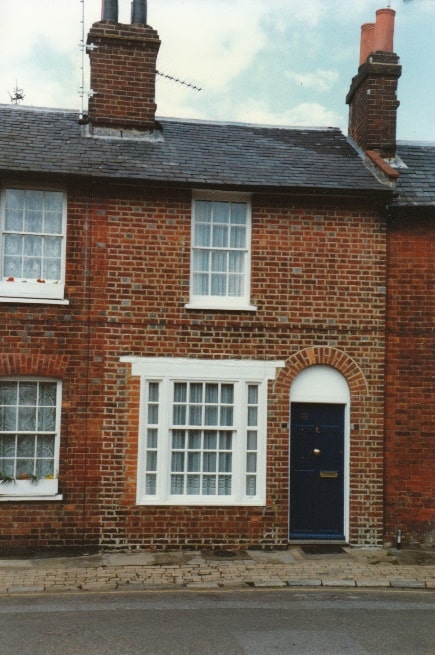
Photograph courtesy of Neville Carrington
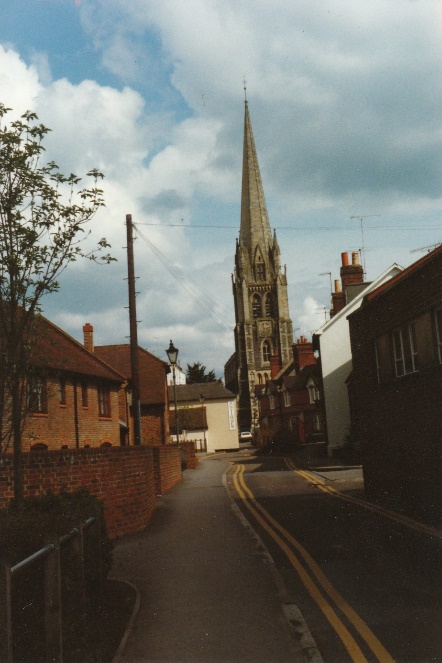
Photograph courtesy of Neville Carrington
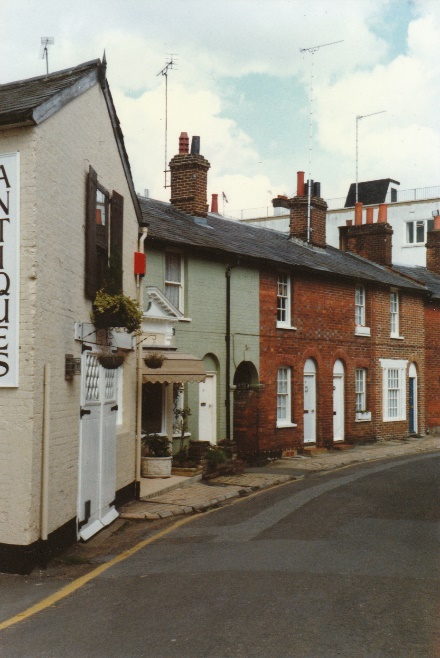
Photograph courtesy of Neville Carrington
Interpet continued to grow and I was fortunate to be joined by Maurice Martin, with whom I had worked at Beecham’s.
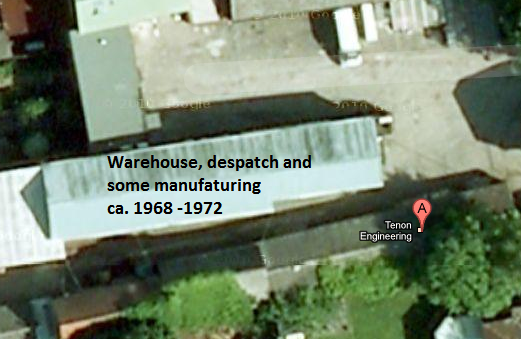
Copyright Google Earth
About 1968, we leased a building in Vincent Walk.
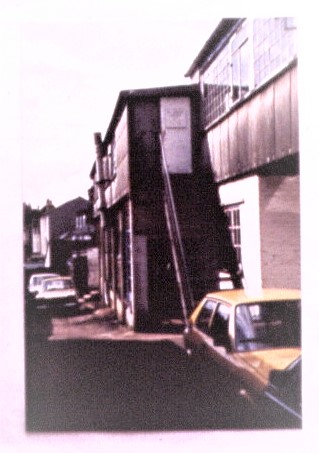
About 1970, there was a plan to build a by-pass road and we were offered a leasehold plot on a new industrial estate in Curtis Road. We moved into a purpose-built factory there in 1972.
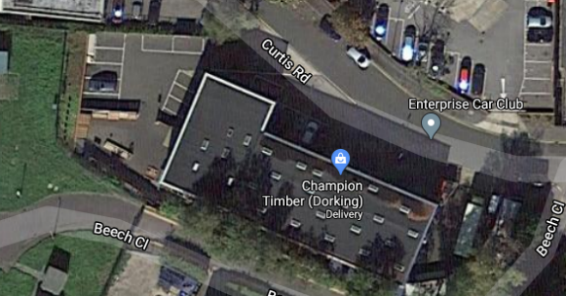

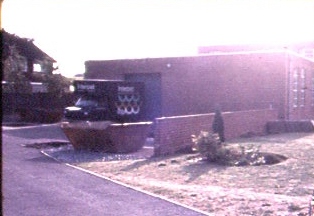
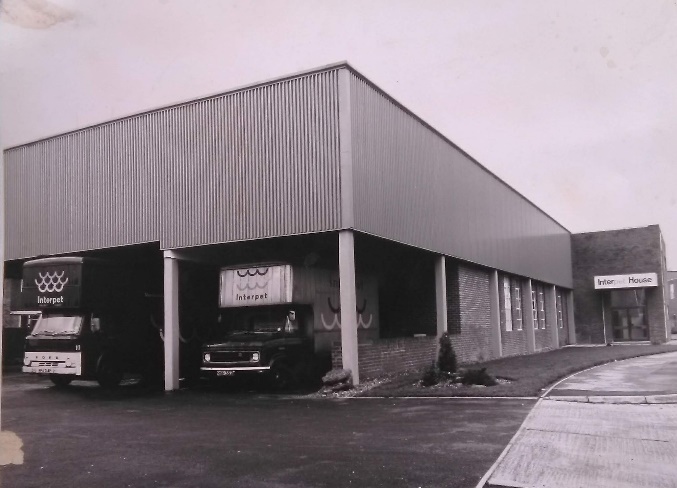
We soon realised that it was a mistake not to have found the finance to build a second production floor which was added about 1976.
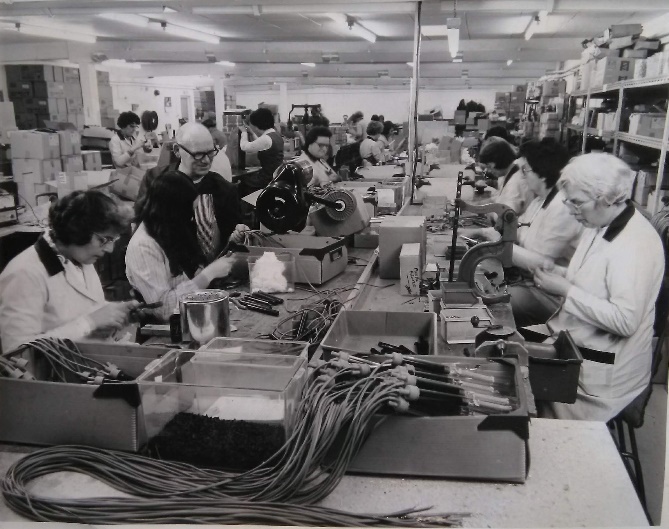
Photograph courtesy of Neville Carrington
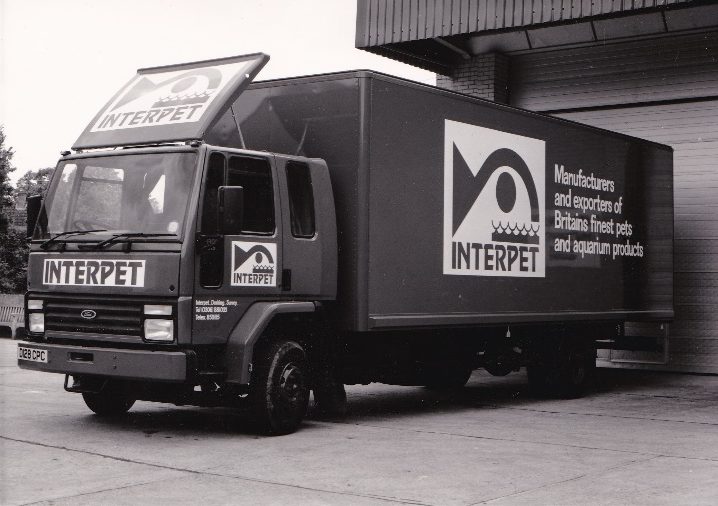
Photograph courtesy of Neville Carrington.
The building in Curtis Road was sold to Champion Timber in 1984.
We considered Dorking to be a good area because of the proximity to two main airports and general accessibility by road.
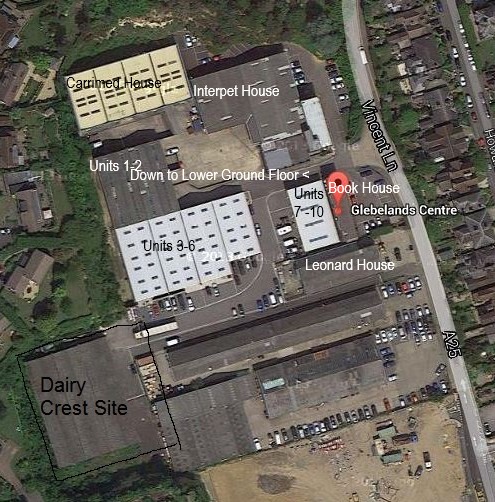
© Google Earth
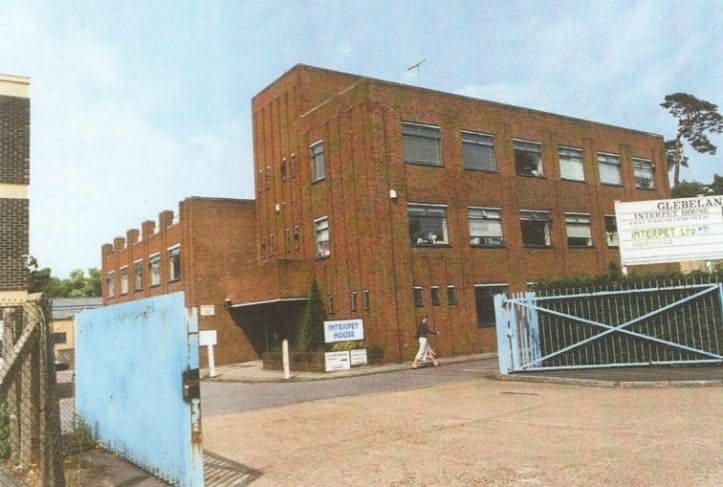
Photograph courtesy of Robinsons
Warne Brothers, the publishers of Peter Rabbit books among others had their headquarters in Vincent Lane. In the pictures of Glebelands Centre above, what is now Interpet House was Warne House and the building on the left-hand side is still called Book House. We put in a bid for this site which fortunately was accepted. We took over the site on April 1st 1985 my birthday! There was a large picture of Peter Rabbit in the entrance hall – I have no idea what happened to it.
We had some spare buildings which we wanted to let out, since to take over such a large site was clearly a financial strain. We appointed Martin Brown [now Robinsons] as managing agents and Robert Brown’s advice has proven invaluable in our decision making for the development of Glebelands and other properties.
The site had a large sandpit at the back and was known locally as The Sandpits. I thought this wasn’t a very nice name for the development. For inspiration, I went to Dorking Museum and paid £1 entry fee. At one time the site appeared to have been Church land– so I decided to call it Glebelands Centre.
There were several warehouses at the back of the site and these were ideal since we could keep our production running steadily throughout the year ready for the peak times of Spring and Autumn. The new owners of Interpet no longer use this facility since they prefer to use contract storage and despatch.
By the time we moved in I had started another company, Carrimed Ltd, later plc, which makes scientific instruments and which was run by Derek Bell. We needed more space so we put a new building over the sandpit and called it Carrimed House.
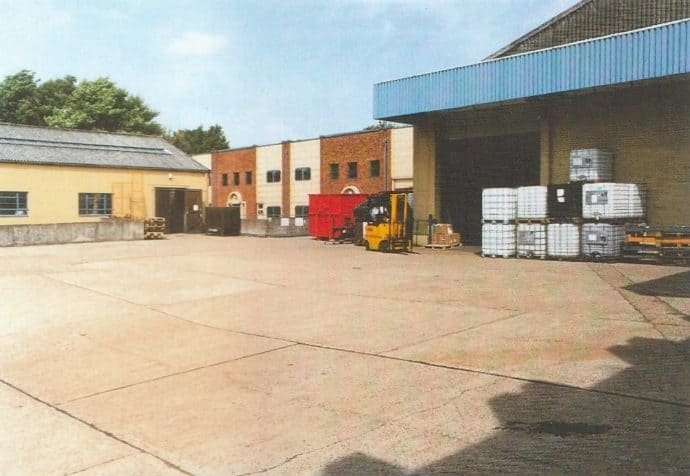
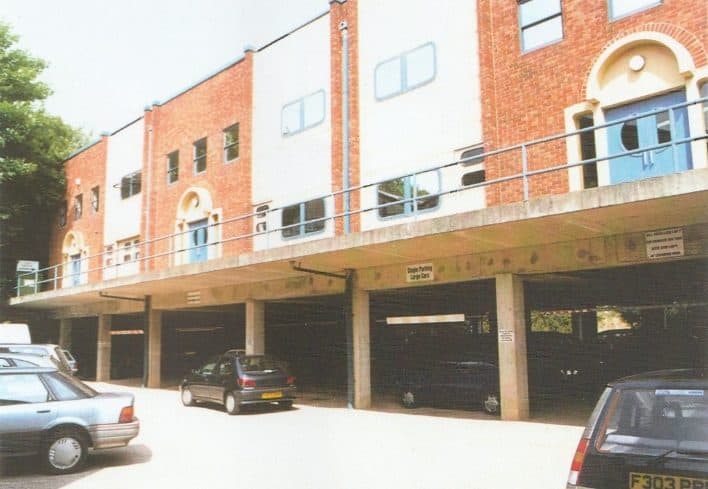
To use the site efficiently we wanted to cut into a small section of a cliff at the back of the site. Mr Arthur the builder generously allowed us to do this for only the cost of legal fees.
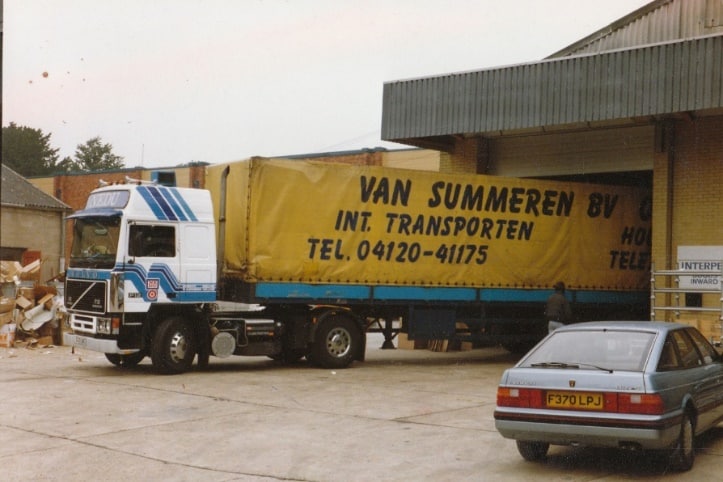
Photograph courtesy of Robinsons
There was a considerable volume of fairly loose sand at the back of the site. We managed to get this taken away for free. The space under Carrimed House provides adequate car parking for the site.

Picture courtesy of Robinsons
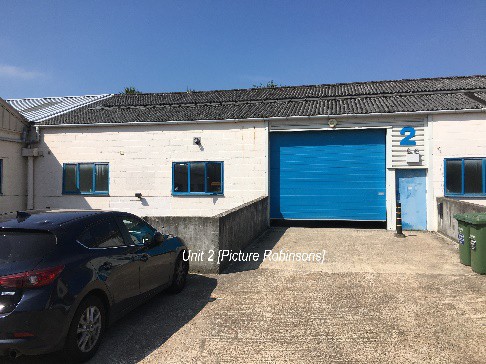
Picture courtesy of Robinsons
The original Units 1 & 2 have been partly refurbished as have the units on the lower ground floor.
Carrimed plc was sold to an American company, T A Instruments, in 1994 and the new owners moved the business to join one of their existing companies in Leatherhead.
Interpet Limited was sold in 1995 to Lawrence plc, now Eco Animal Health, who then sold Interpet to a big American company, Central Pet & Garden. Interpet, now manufactures on site, considerable volumes for export to the USA.
Over the years, we were able to buy Leonard House next door, and a half acre area at the back of the site, which was previously used by Dairy Crest. Until he retired, an ex-member of Interpet staff, Michael Clarke, rented the half acre site to store and renovate vintage busses and other vehicles.
Until 2013, Martin Brown acted as our very able managing agents under Robert Brown. When Robert retired, Robinsons took over his business and they continue to manage the site very efficiently and liaising with our director Michelle Carrington.
Read about Neville Carrington’s time in Dorking during the Second War

